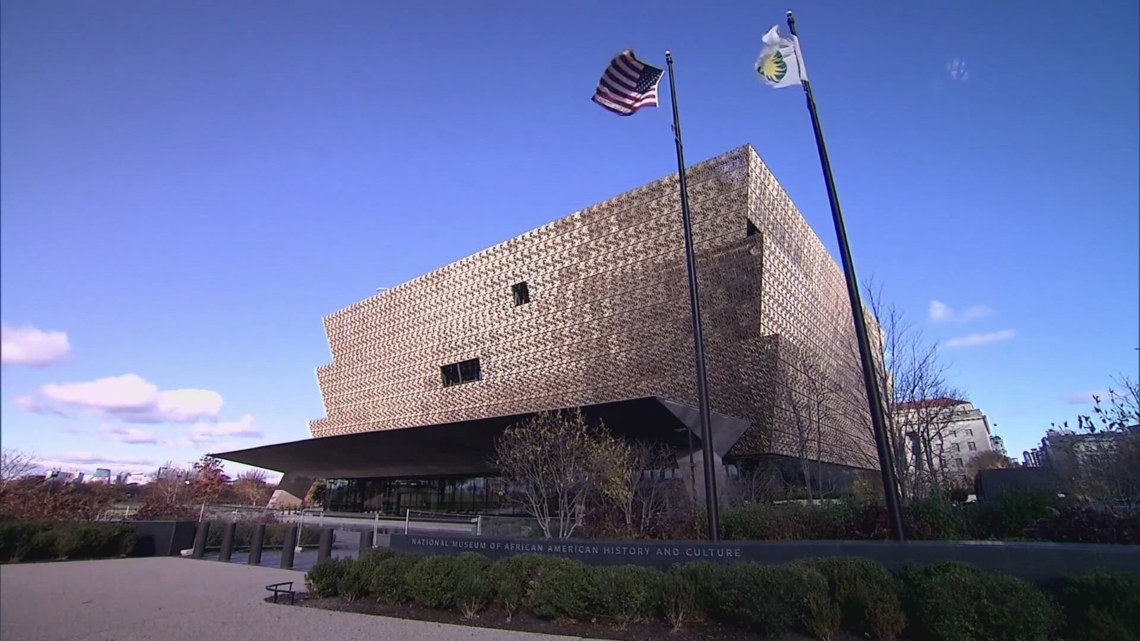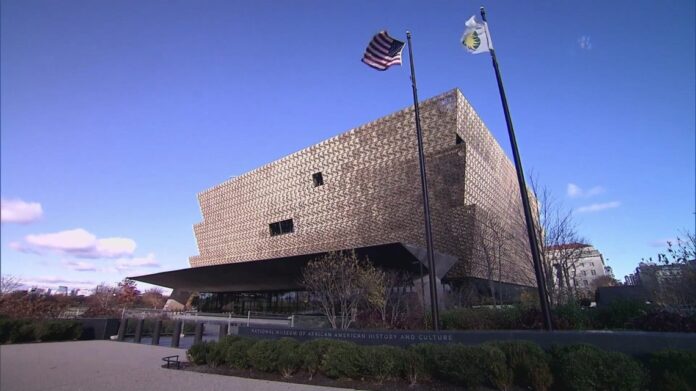
President Donald Trump said the Smithsonian only discusses “how horrible are country is,” but local museum leaders say he misses the deeper story.
SEATTLE — A beacon of American innovation and preservation, the unparalleled collections of the Smithsonian Institution have been deepening our understanding of world culture since the mid-1800s.
But the world’s largest museum complex is coming under fire, and long standing exhibits are in jeopardy.
On his Truth Social account, President Donald Trump claimed that the Smithsonian is “out of control, where everything discussed is how horrible our country is, how bad slavery was and how unaccomplished the downtrodden have been.”
An NBC investigation from May found that at least 32 artifacts were removed from the African American History Museum in Washington, D.C., following an order from Trump directing institutions to remove exhibits that “divide Americans based on race.” These artifacts include Harriet Tubman’s book of hymns and “The Narrative of the Life of Frederick Douglass.”
Local leaders from some of Seattle’s top museums say there’s a deeper story of hardship and triumph that the president is missing in these exhibits.
“This is our history, and our history is very complicated,” said Scott Stulen, executive director of the Seattle Art Museum. “There are a lot of parts of it that maybe we aren’t so proud of – there are parts of it that we are proud of, but we need to show both of those things.”
CEO and President of the Northwest African American Museum, Brandon Bird, emphasized the importance of seeing the full picture of the United States.
“We can’t remove certain segments of our history,” Bird said. “If we’re gonna really share and fully understand the full arc of our nation’s history…slavery is part of that fabric of the story. We owe it to all of us, as citizens and as stewards of that history, to make sure we’re telling a full, factual story of our local population and beyond.”
Stulen said, it hasn’t been for very long at all that museums have actually strived to tell the full story of their communities – he said it’s important not to go back.
“I think it’s a danger if you’re having any administration, it doesn’t matter what party it is, that’s controlling that narrative we want to be basing our stories on, principles and values, and telling a complete history from multiple perspectives. That’s the role of museums,” Stulen said.
Stulen revealed that the Seattle Art Museum has already lost all of its federal funding over the course of a few years. He estimated the funding losses to be between $400,000 to $700,000.
Bird said at this moment he recognizes there are attempts to remove, or even rewrite parts of U.S. history.
“The momentum is stressful, both as the lead steward of a beautiful museum, but also as an individual citizen,” he said. “That said, we’ve been here before as a country, and we have examples that we can rely upon to remain courageous, supplement our endurance.”
Bird said at this time he is leaning into fulfilling the mission of the Northwest African American Museum, which includes using “Black heritage to cultivate healing and hope for all.”
“It’s through the advancement of our mission where we’re really able to elevate our commonality with our diverse population and really create a level of dialogue that honestly contributes to the advancement of our region, and our nation as a whole,” Bird said.





